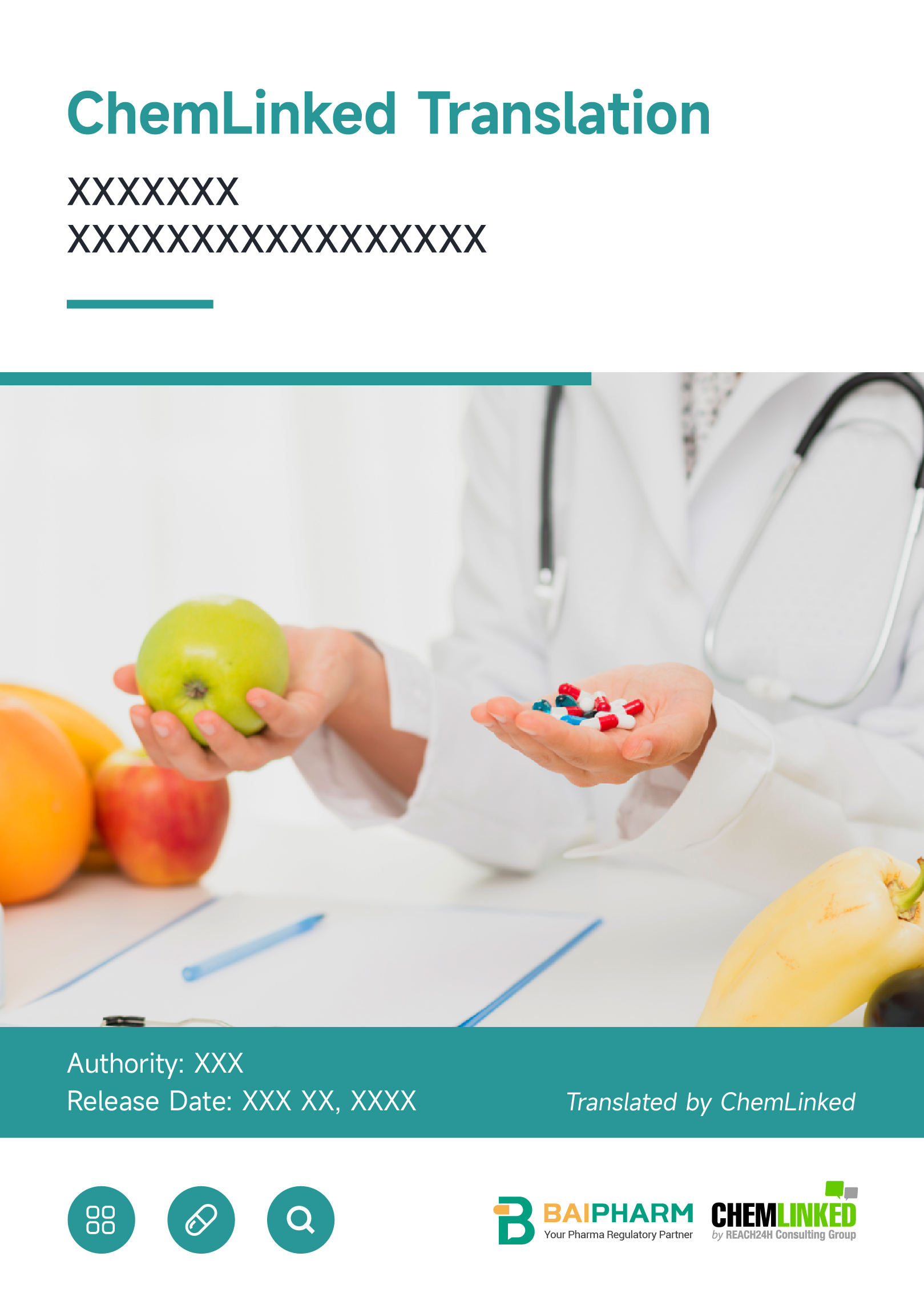Bioavailability refers to the usable rate and extent of active ingredients in the action site after being released from the drug preparation and being absorbed into the body. Bioavailability is usually evaluated by the plasma concentration-time curve. Bioavailability data of oral solid preparations can be compared with those of solutions, suspensions or intravenous injections and used to estimate the fraction of drug absorbed into the systemic circulation. Moreover, bioavailability studies can provide valuable information on the distribution and elimination effect of food on absorption, proportional relation of different dosages, pharmacokinetic linearity of active ingredients and non-active ingredients under certain conditions and some other useful pharmacokinetic data.
If two drug preparations with identical active ingredients are pharmaceutical equivalents or pharmaceutical alternatives, and their bioavailability (rates and extents) is both within the acceptable limits after equimolar administration, the preparations are considered as bioequivalent. These limits should be properly determined to assure that different preparations display comparable in vivo behaviors, which means that their efficacy and safety profiles are similar.
In bioequivalence studies, bioequivalence is evaluated based on relative bioavailability comparison between the test and reference preparations, which is calculated using selected pharmacokinetic parameters and preset values of acceptable limits. AUC (area under the plasma concentration-time curve) reflects the exposure extent of the active ingredient, and Cmax (maximum plasma concentration) and tmax (peak time) reflect the absorption rate.
The Guidelines aims to propose requirements for design, implementation and evaluation of bioequivalence studies. Furthermore, it discusses the possibility of substitution of in vivo test with in vitro test.





